50 Shades of Prey
Why don't all poison dart frogs look the same?
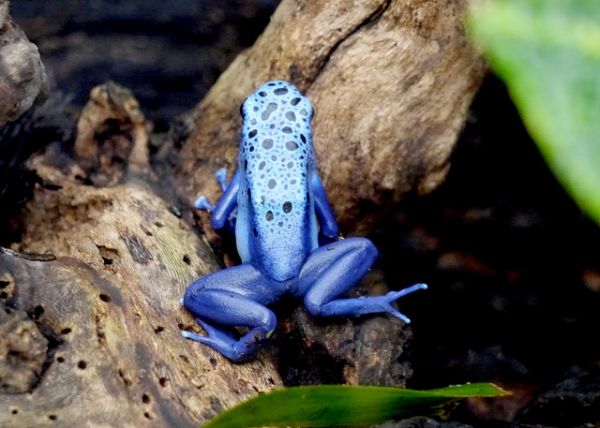
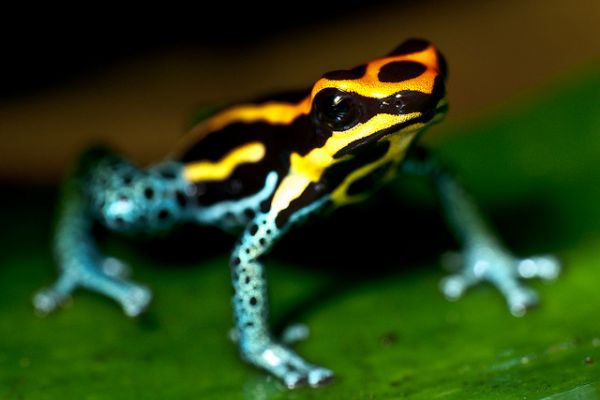
Back
in 2009, Chouteau, a biologist from the University of Montreal, became
obsessed with this evolutionary puzzle. "For the longest time, I've been
fascinated by the phenomenon of local adaptation," he says. But because
the varieties of poison dart frog patterns are so many and, more
importantly, occur so geographically close to one another, they struck
Chouteau as particularly odd. He wondered whether different types of
local predators were somehow responsible for the variations.
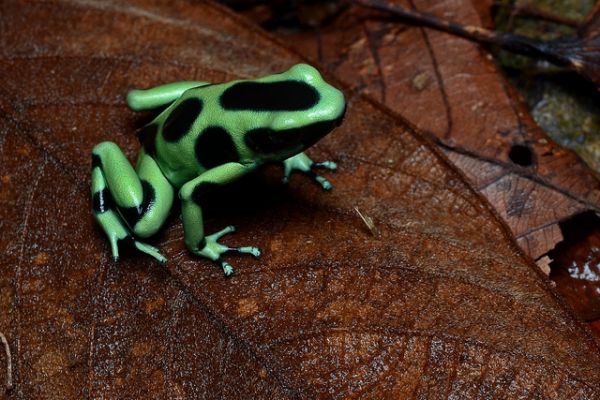
With
the help of a patient girlfriend, fellow biologist Melanie McClure, he
was able to test his theory. For an entire month, Chouteau and McClure
spent four to six hours a day molding and hand painting nearly 2,000
clay frogs. Before long, it looked like an invasive species had taken
over the couple's home. In his experiment, Chouteau focused on two
patterns. Some of his frogs were painted to look like a group from the
Peruvian highlands: black and splashed with bright green blotches. The
other mimicked the pattern on a group of lowland frogs living six miles
away: black with yellow stripes.
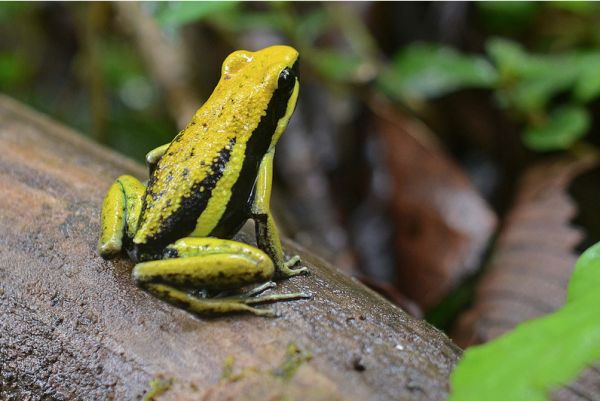
In
the field, the variety is even more astonishing. Some poison dart frogs
are striped with bands of black and gold, like the business end of a
bumblebee. Some are spotted. Some are speckled. Some are neon yellow all
over. But all of them are easy to spot, glittering like gems on leaves
and branches. They're also dangerous. Each frog is packed with toxic
alkaloids that wreak havoc on cell communication and lead to
fibrillation, arrhythmia, cardiac failure, or death. A few varieties are
so poisonous that indigenous tribesmen use them to give their blowgun
darts extra stopping power.
As soon as the paint on Chouteau's models had dried, he packed up his decoy frogs and headed to the Amazon for the next painstaking task: Using toothpicks, he pinned the clay hors d'ouvres to low-hanging leaves in both highland and lowland locations, It took days.
As soon as the paint on Chouteau's models had dried, he packed up his decoy frogs and headed to the Amazon for the next painstaking task: Using toothpicks, he pinned the clay hors d'ouvres to low-hanging leaves in both highland and lowland locations, It took days.
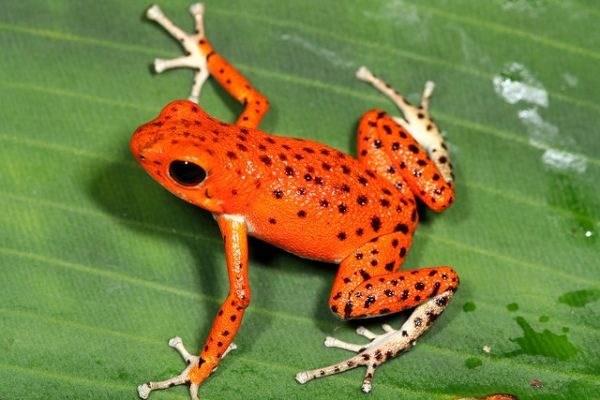
When
Chouteau returned to check on his frogs, he found that some of the
models had been marred by beaks, talons, and fangs. He continued to
check in for the next three days. In that time, some frogs had been
ripped clean in half or disappeared altogether. But many remained
intact. It all depended on which frogs were in which locations. In each
zone, the predators -mostly birds, snakes, and spiders- had gone after
the foreign-looking frogs almost four times more than the ones that
sported familiar patterns. The trend became clear: Local predators
steered clear of local frogs, but they were willing to taste the ones
they didn't recognize. Chouteau's work showed that the frog's color
variety wasn't some great evolutionary plan. The frogs that local
predators learned to avoid -the ones that ended up populating and
flourishing in a particular area- weren't smarter, faster, or
better-looking. They were just lucky enough to be wearing the right
spots in the right spot.

No comments:
Post a Comment